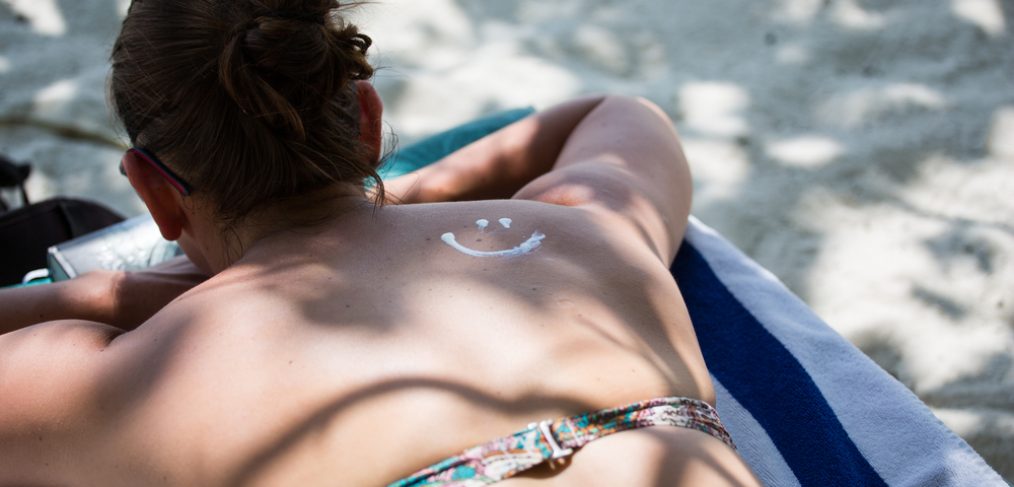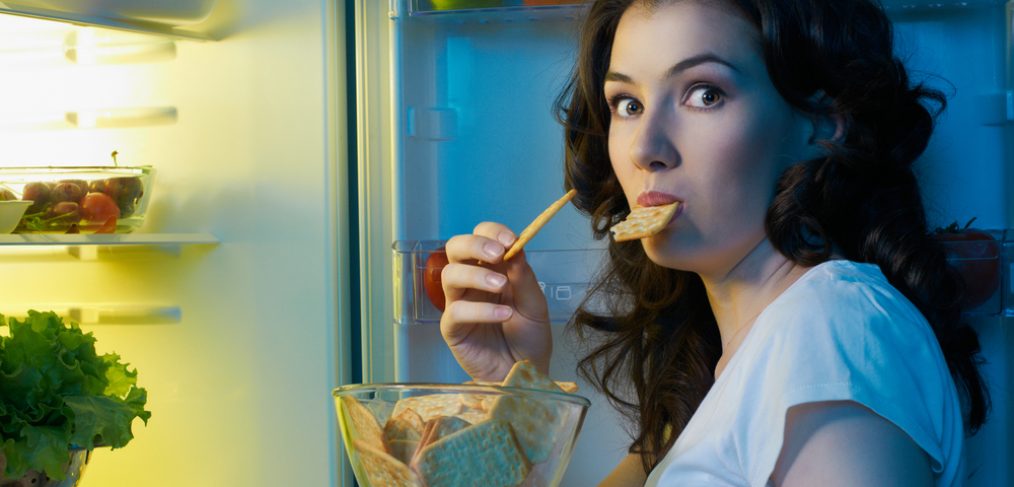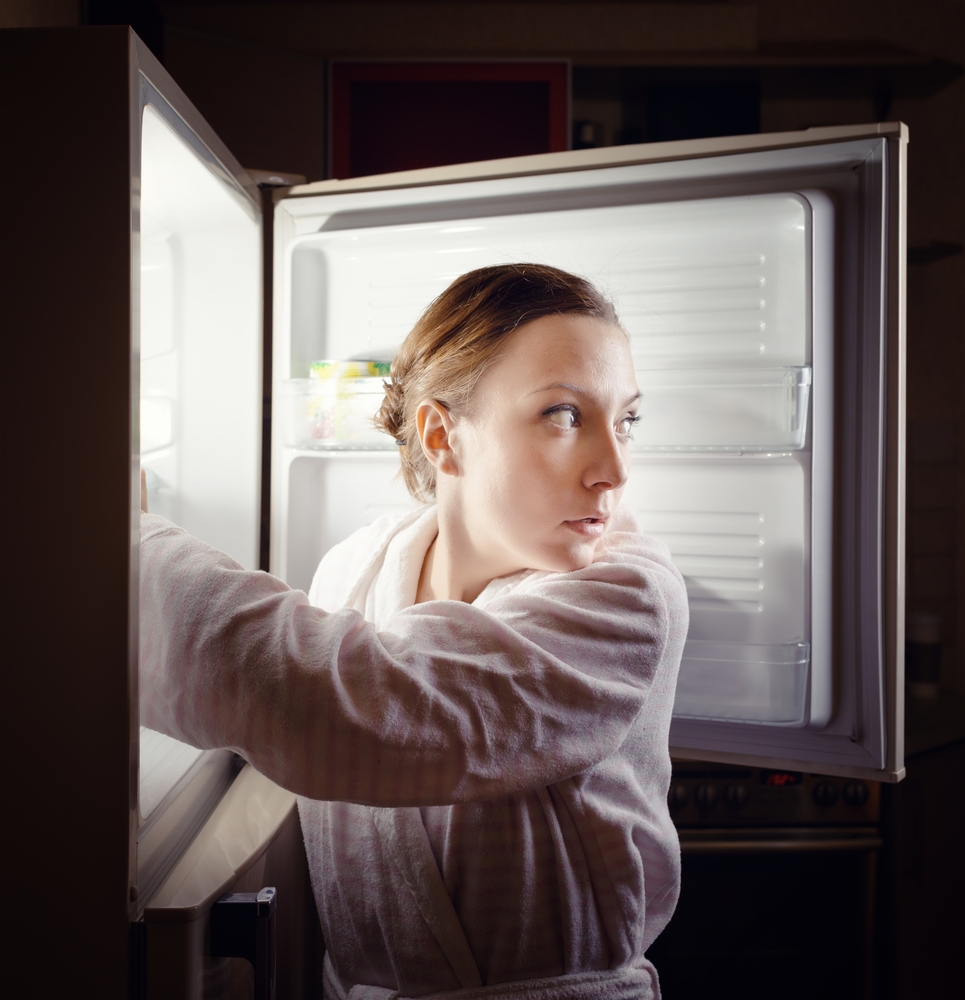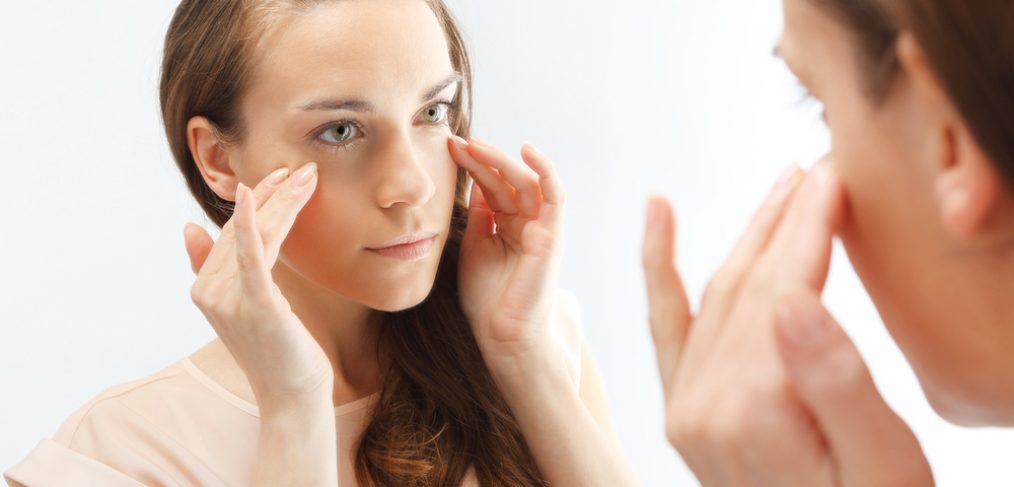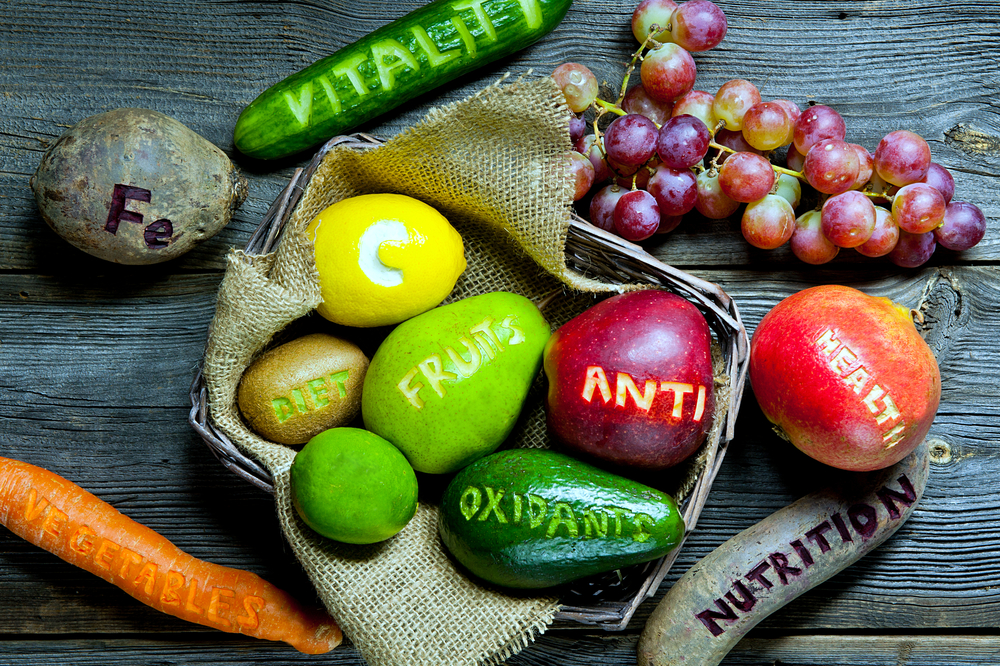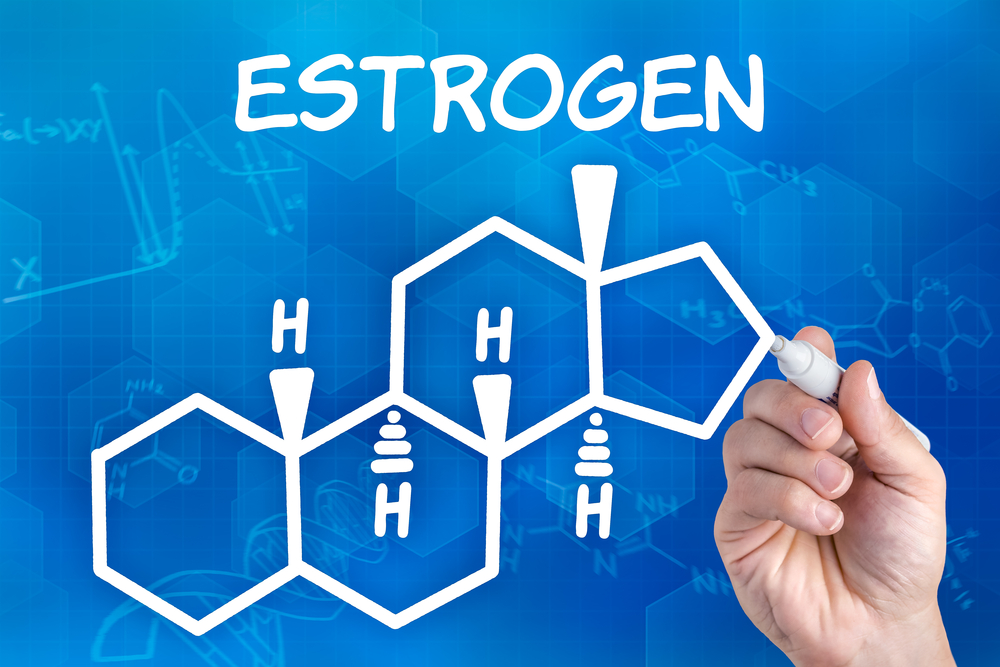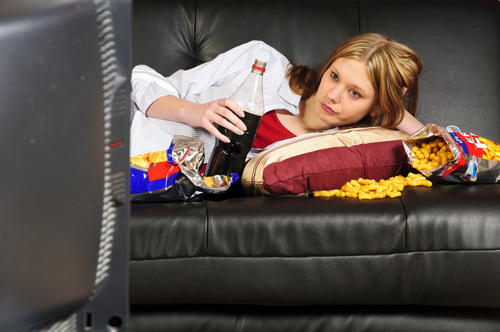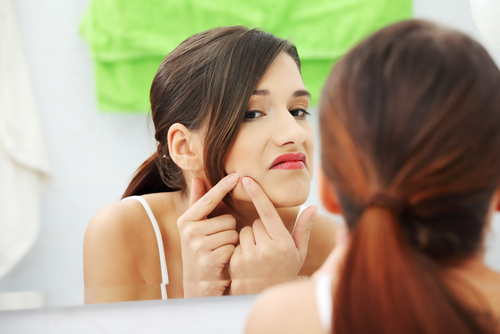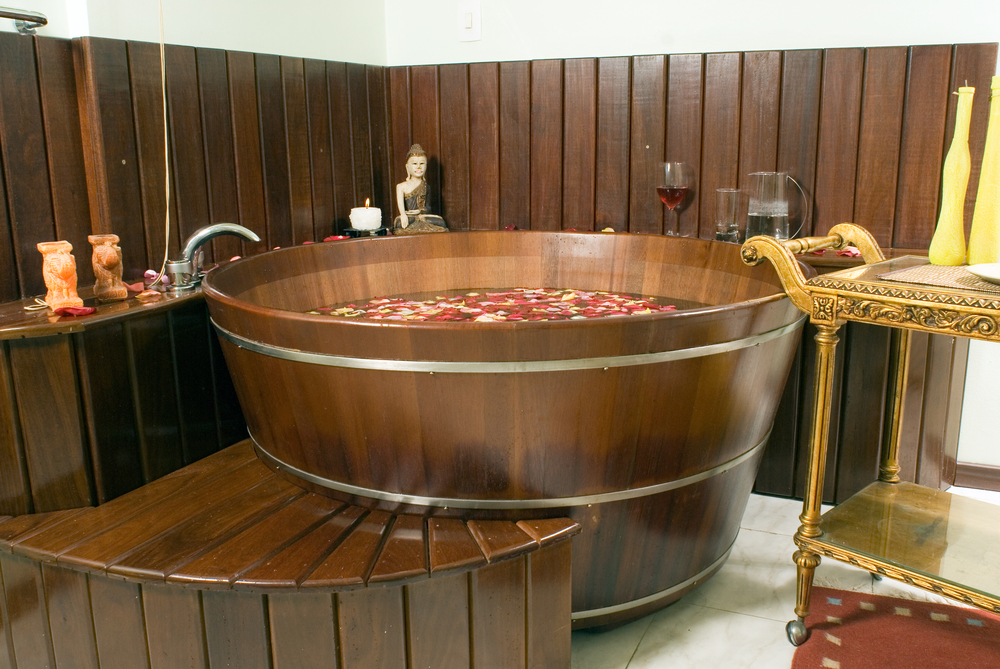Sun protection is without a doubt on of the most discussed components of the skin care and cosmetic industries. Expert after expert offers advice on how to properly protect your skin and dermatologists warn about what happens if you fail to adequately protect your skin. So, it’s pretty simple right? Throw on a sunscreen before you go outside in bright weather and you’re good to go. Not so according to the experts. There are two different types of sunscreen (chemical and physical) from which you must choose, a large variety of SPFs and labels such as waterproof and water-resistant. The skin care industry is large and full of technology and innovations. Resveralife presents some of the most exciting updates from the skin care industry.
Types of Sun Damage
We know that UVA and UVB rays are our enemies when it comes to the sun. There is a plethora of information about what sunscreens or sun products most effectively absorb or deflect UV rays. However, on of the lesser known dangers is infrared radiation. The research on infrared radiation started several years ago, though the impact that it has on your skin is just now beginning to be made public. The Coty company has spent years researching infrared radiation and their Research and Development director Marc Pissavini had the following to say “the industry was focused on UV more so than infrared, as infrared is quite new. Now we are seeing more raw material suppliers offering an infrared solution. We are now seeing more people talking about infrared – it is the beginning of this focus and theses products.” The products he refers to include a formulation with reflecting pigment and antioxidants to fight free radicals while protecting your skin from the sun.

Multiple Purpose Sun Care Products
The sun and skin care industry is beginning to focus on products that a multi-functional and can accomplish several things with a single formula. As a general rule, it is easier to to maintain skin health and be proactive than it is to repair already damaged skin. Now more than ever before you can purchase a moisturizer or day cream that contains SPF, eliminating the need for multiple steps in your skin care routine. Additionally, there is a focus on creating cosmetic products that contain an SPF, especially foundations and powders.
Global Sun Care Regulations
There are countries that are far more serious about sun care than the United States. For instance, people in Asia avoid the sun at all costs and routinely apply sun care products. The focus on global sun care regulations concerns these aspects: labeling, testing and ingredients used. Experts in the skin care and cosmetics field want to ultimately harmonize sunscreens globally. There are several major considerations when attempting to globally harmonize sunscreens. The major issues are issues of semantics and language. For instance, on labeling in North America, the ingredients in sunscreens are classified as drugs. In Europe, these same ingredients are classified as cosmetics. Language also plays a significant role in hamonization of sunscreen. Ideally the goal is to provide the most effective sunscreen products with the most comprehensive labeling and usage directions.
Continuous improvements in the sun and skin care industry can be difficult to keep up with. Staying informed on the technological advances helps you best protect your skin.



